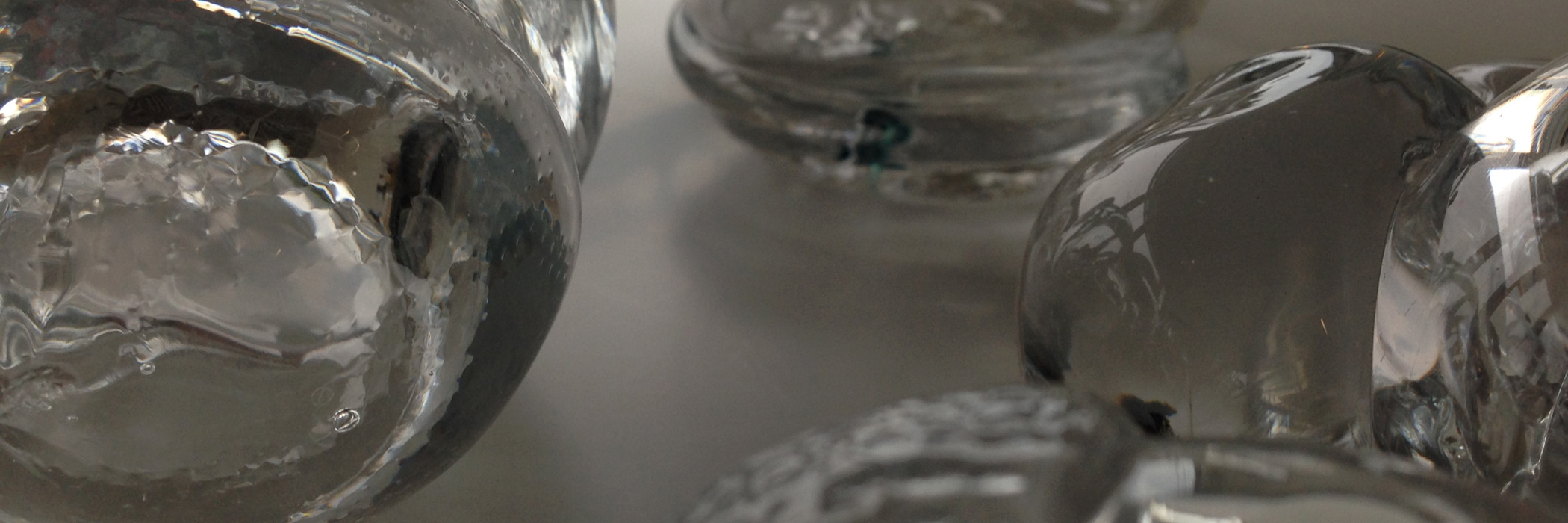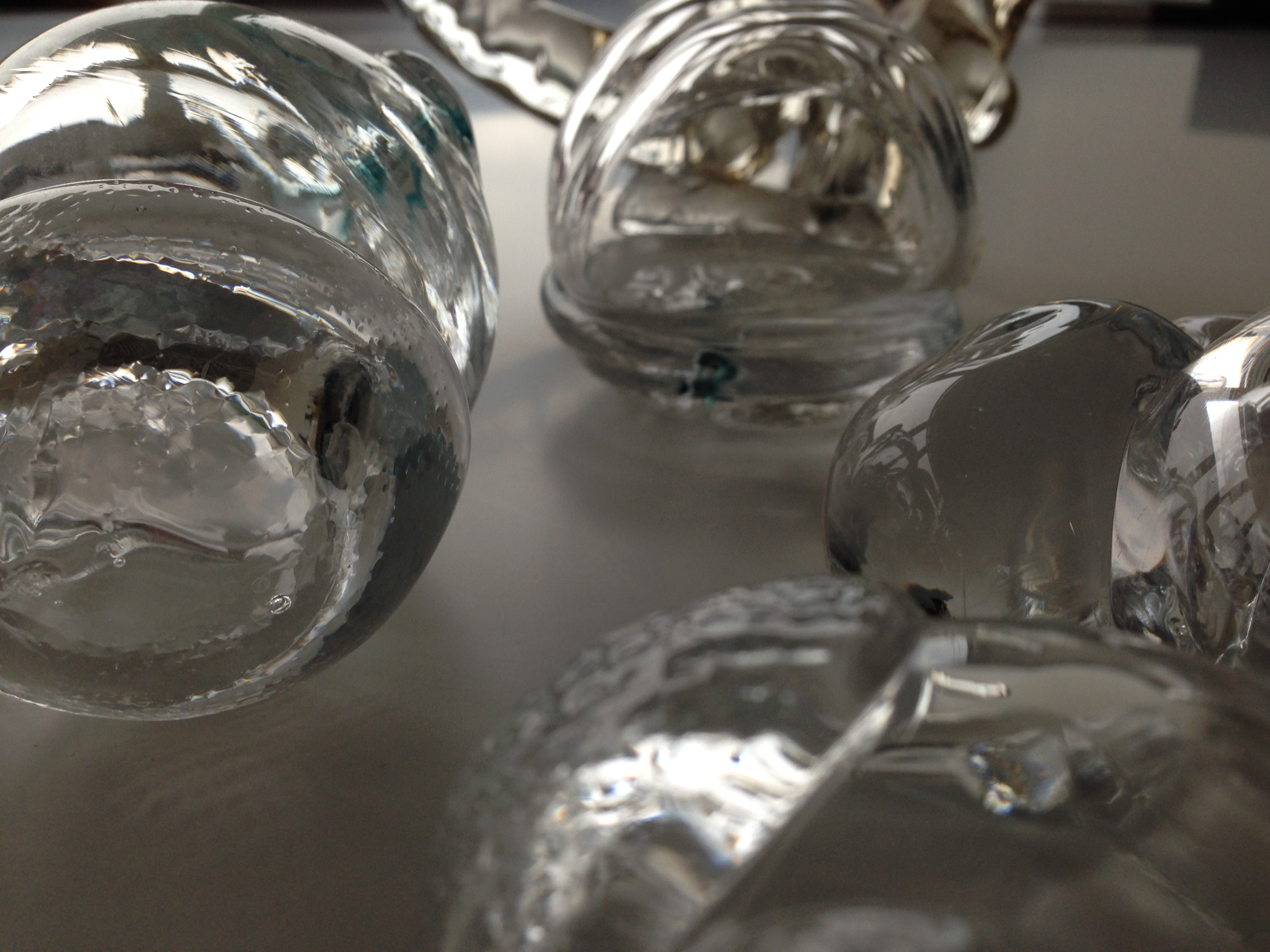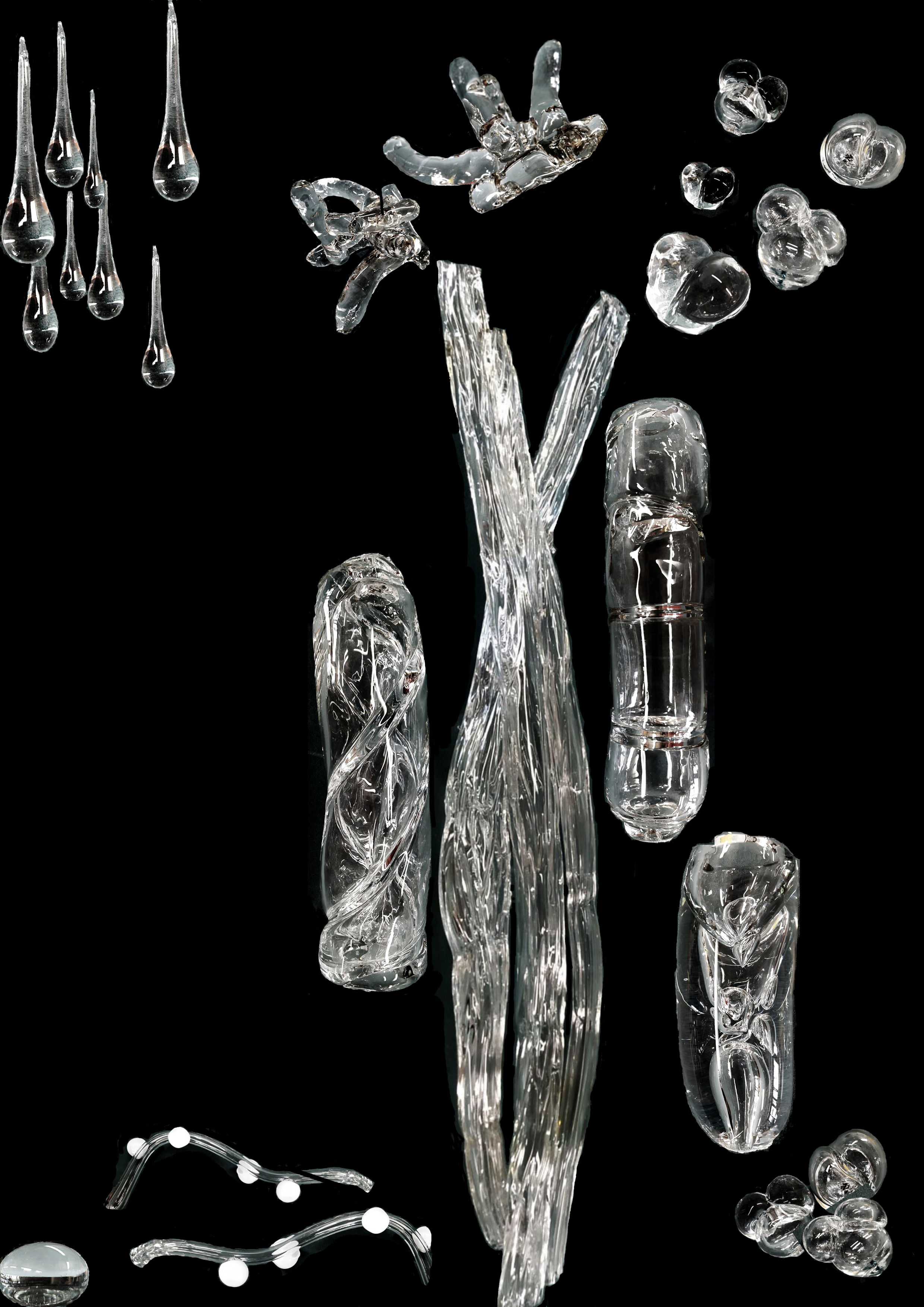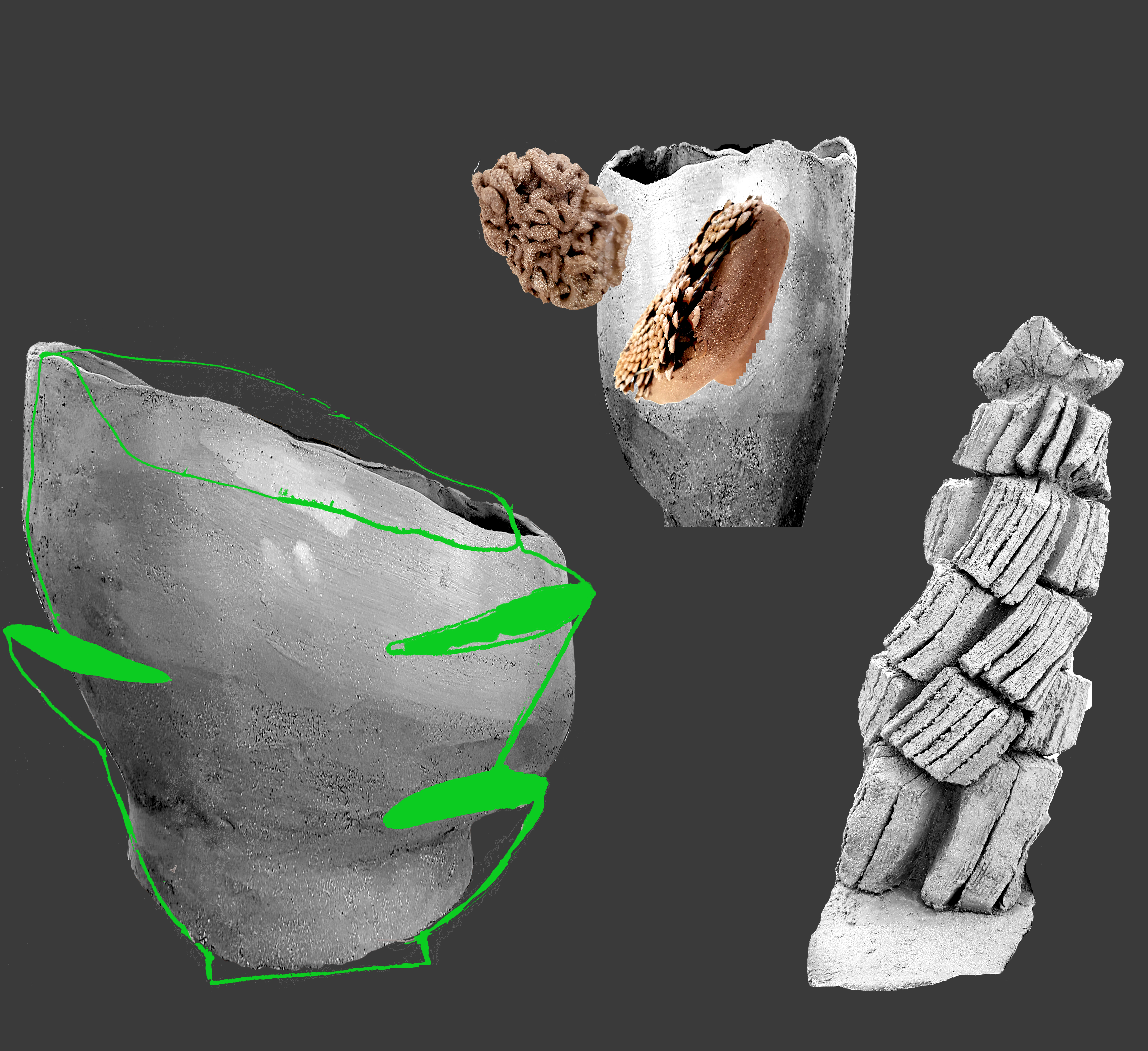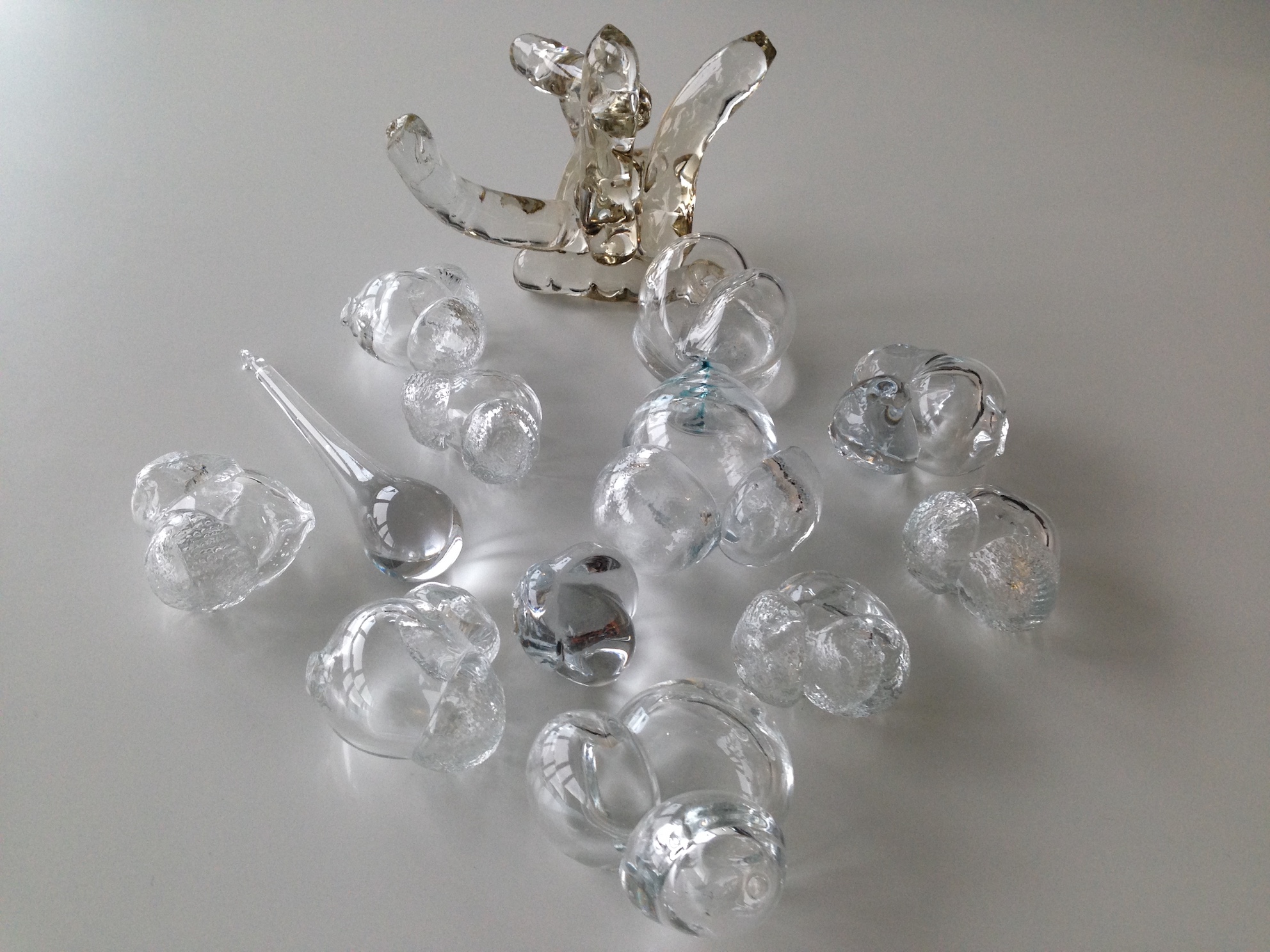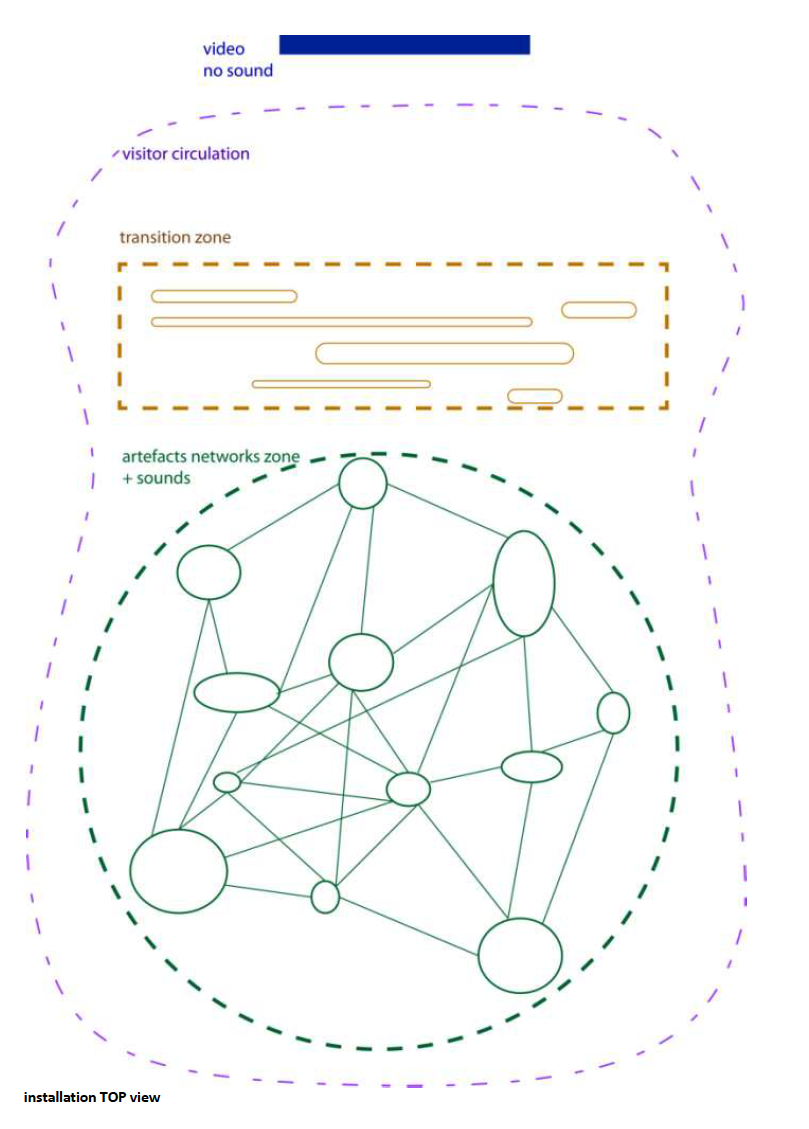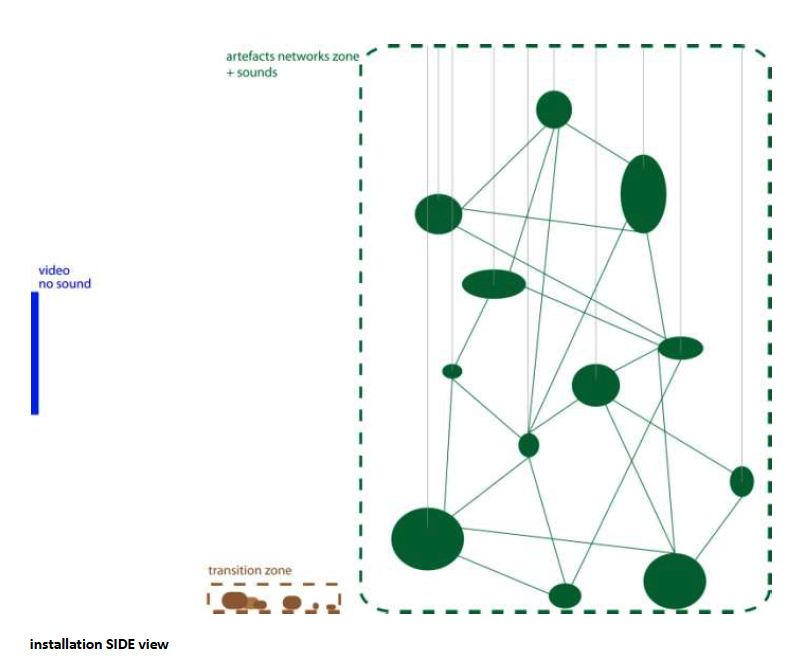Attentiveness – being present in the entanglement of signs
Concept for an installation in 3 parts, Aline Veillat, 2020
Starting point of this aesthetic study is “the forest” under increasing drought conditions in times of a damaged planet. Of particular interest is the perception of the forest as an ecosystem, i.e., as a multilayered network of complex multispecies agencies. “Since long, I wanted to open doors to help grasping and experiencing the contingent relations between human and non-human beings, living or non-living. In order to bring visitors to wonder about this issue, the planned installation “Attentiveness – being present in the entanglement of signs”, is perceived to question and challenge our capacities of “attentiveness” to non-human others: to bring visitors to open our sensitive capacities for modes of immersion to otherness and to examine different ways of being in the world and of being affected by it. One of the challenges for humans is to be able to read some signs without always relating them to oneself. This means to find the right “distance” asked or needed by these agencies. These are the first steps toward attentiveness and contingent relations. With the help of scientific data and knowledge on “the forest” (of course trees but also of fluxes between the different types of actors involved in the forest-ecosystem) and by aesthetic means, the installation and video operate as symbolic transformations into sensitive zones.
Part 1: Video-Tableau
Subject of the sequences are human archetypal relations with non-human entities (here the forest ecosystem).
Part 2: “Charged “Artefacts
As a counterpoint, part 2 concerns non-humans, through “charged” and crafted artefacts. These objects will be installed from the ceiling to the floor, interconnected via a network of ropes. They are made out clay/glass/wood Clay charged objects are common in cultures all over the globe since prehistorically time. It is seen as a direct connection to Mother Earth. Furthermore, clay mineral is a key matter in soil structure formation thanks to its molecular structure in octahedral layers. Glass charged objects are following a long history since at least 3660 BCE Neolithic period. Glass is mainly sand, a natural matter found in dry and poor soil as well as river bed like the Rhone river. Glass is liquid and solid, fragile and transparent, seems light but is heavy, and can “swallow” air and other type of element. These properties refer on one end to water, but as well to air fluidity, and on the other end it brings to the idea of ice, breakable and hard. Forest is wood, creates wood material, hard but relatively tender, used by human for all kind of artefacts and fuel. More than that, human body morphology and kinaesthesia owes a lot to human evolution history interacting with trees, living in and thanks to forests.
Part 3 Transition Zone.
In between these two poles, will be a transition zone, made by partially sliced wood trunks.
“Attentiveness – being present in the entanglement of signs” is part of the research project “Ecodata-Ecomedia-Ecoaesthetics“; the research is realized by Yvonne Volkart (lead), Marcus Maeder, Rasa Smite and Aline Veillat, in collaboration with Arthur Gessler, Christian Ginzler and Andreas Rigling, Swiss Federal Institute for Forest, Snow and Landscape WSL, funded by the Swiss National Science Foundation, and hosted by the Institute of Aesthetic Practice and Theory, Academy of Art and Design FHNW Basel.
The glassobjects are produced by Niesenglass, Unterseen/Interlaken.
